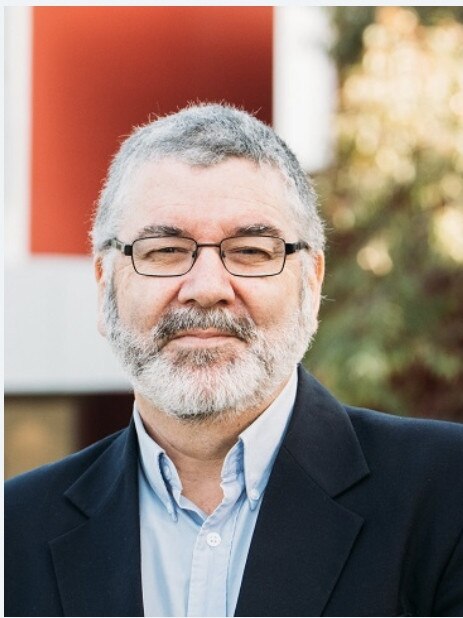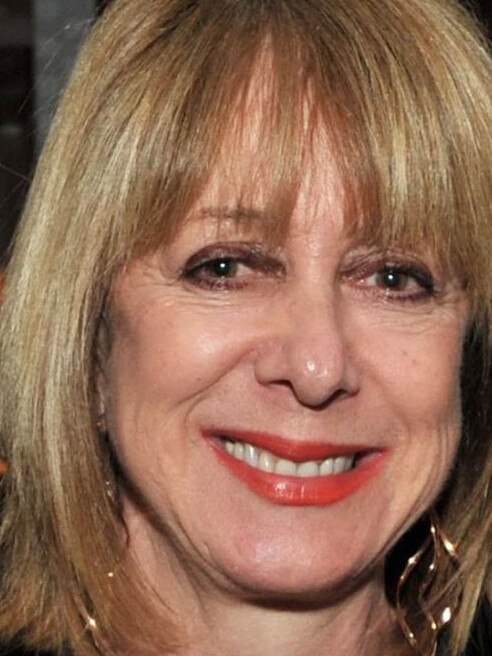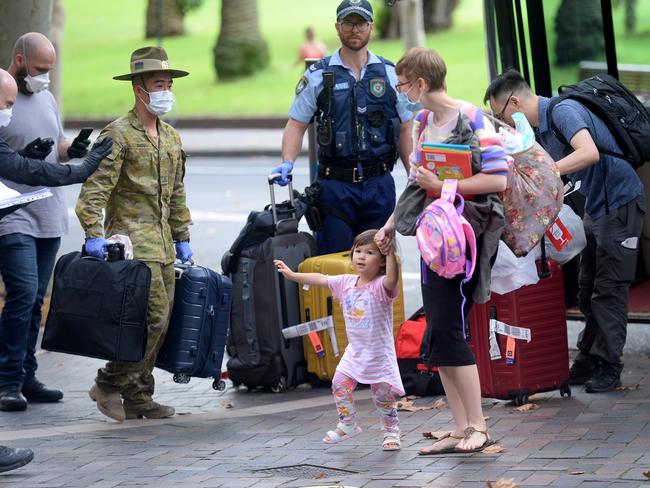Queensland in front in COVID-19 fight
Queensland has had the slowest rate of increase in new coronavirus infections of any state this past week – but experts don’t know exactly why, and warn it could be set to change.
National
Don't miss out on the headlines from National. Followed categories will be added to My News.
Queensland has had the slowest rate of increase in new coronavirus infections of any state over the past week but experts warn that could change once the rate of testing picks up.
The state’s total number of cases rose from 743 one week ago to 921 yesterday – an increase of 24 per cent.
Cases in Victoria and WA both rose by 30 per cent, and by 32 per cent in NSW over the same period.
Cases in New South Wales now represent 46 per cent of the country’s total caseload, up from 40 per cent a fortnight ago.
Queensland’s proportion of the country’s total cases is now 16 per cent, down from 19 per cent a fortnight ago.
But Griffith University virology professor Nigel McMillan said that could be set to change, after state Health Minister Dr Steven Miles announced the perimeters for COVID-19 testing would be expanded in Brisbane, the Gold Coast and Cairns.
“I think our numbers will jump just a little, just because we are going to identify those cases. Those cases were already there, we just didn’t know about them,” he said.
All states and territories were benefiting from the decision to quarantine international arrivals for 14 days, Prof McMillan said, but he didn’t know exactly why Queensland was doing comparatively better than other states.
“We were slow to shut schools. We were slow to shut borders, so that’s not the reason,” he said.
“It may just be we had a lot more international cases coming in, and now those numbers are cut off, so the numbers are reflected that way. But I don’t have a good explanation.”


Professor Mary-Louise McLaws from the University of NSW suggested one of the reasons why NSW’s rate of infection was so high, and Queensland’s was relatively low, was in the differing number of outbreaks in aged care facilities. There have been 23 such outbreaks in NSW but only one in Queensland, she said.
“The proportion of people going into hospital in NSW [with COVID-19] is also much higher than in Queensland. Queensland’s rate is half that of NSW,” she added.
Queensland’s climate and diffuse population spread have been suggested as factors why the virus has not taken a greater hold, but Prof McMillan pointed out examples that seem to contradict those theories.
“Look at Iran – they have plenty of sunshine and plenty of cases. We know sunshine works great on all viruses but I don’t think it’s going to be responsible for those change in numbers at this stage at all,” he said.
“And we know the more crowded you are, the easier it is for the virus to spread. But if you think about countries that are highly dense like Singapore and Taiwan, their numbers are quite low, so it’s not the answer to everything.”
Prof McLaws stated that Queensland’s success in controlling the virus to date may stem from “a lack of connectivity between returning travellers, the small number of elderly affected, and they haven’t had some of the cruise ship introduction”.
The effect of Victoria’s decision to close schools on March 24 – nearly a full week before Queensland’s schools went “student free” on March 30 – was not necessarily apparent in the infection rate data as yet, Prof McMillan said.

“Queensland and Victoria had the same number of cases for quite some time and Victoria has gone a long way ahead, but they would have had high numbers of incoming international travellers,” he said. “When Victoria closed their schools, the schools in Queensland were only about 25 per cent full anyway, because most parents voted with their feet. So it’s difficult to unpack.”
Prof McLaws said it was the message behind the school closures, rather than the closures themselves, that may have had an impact.
“Rather than it doing anything about the spread, (the closing of schools) sent a really important social message that said you can’t congregate any more. I think that has improved Victoria’s numbers,” she said.
Originally published as Queensland in front in COVID-19 fight


